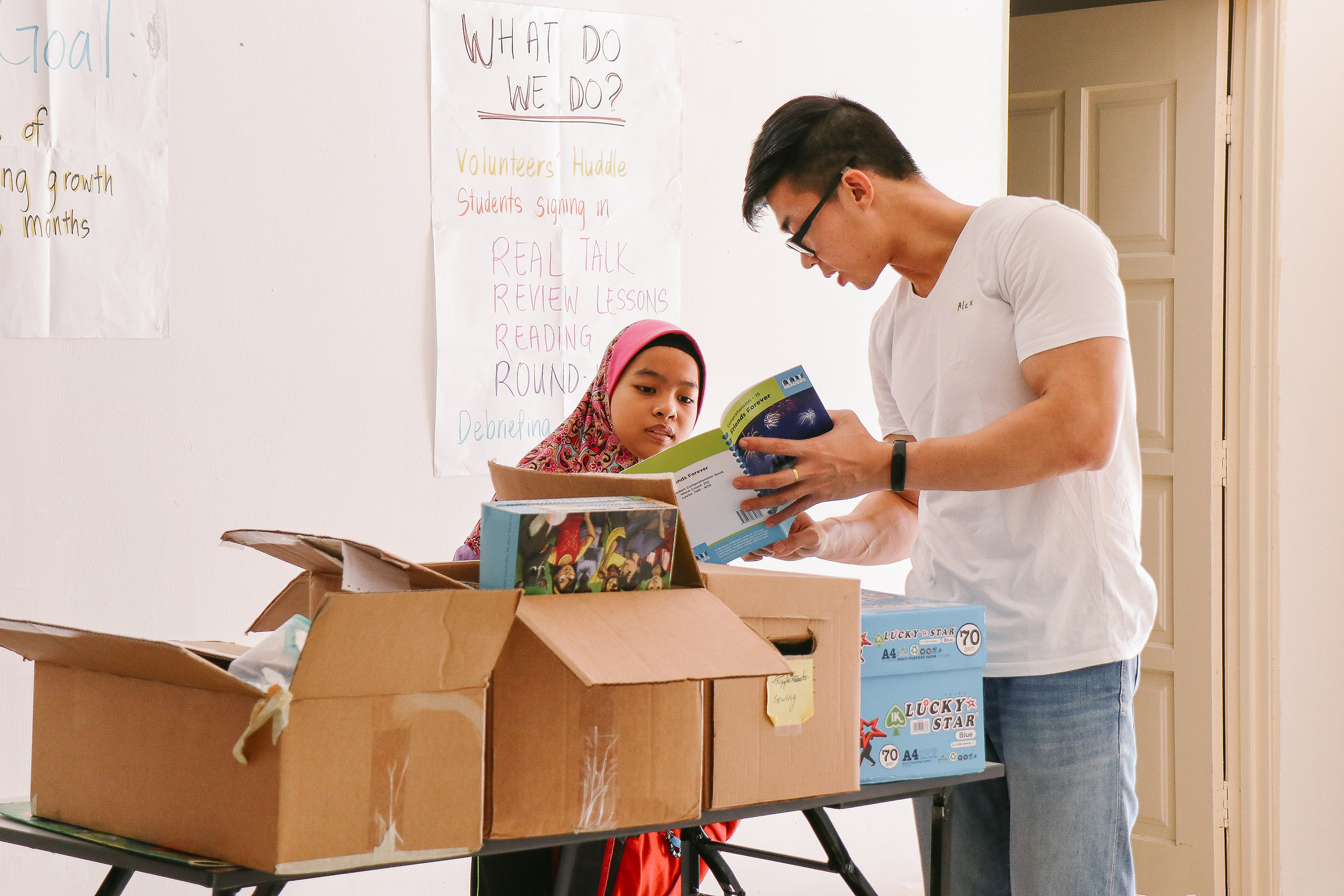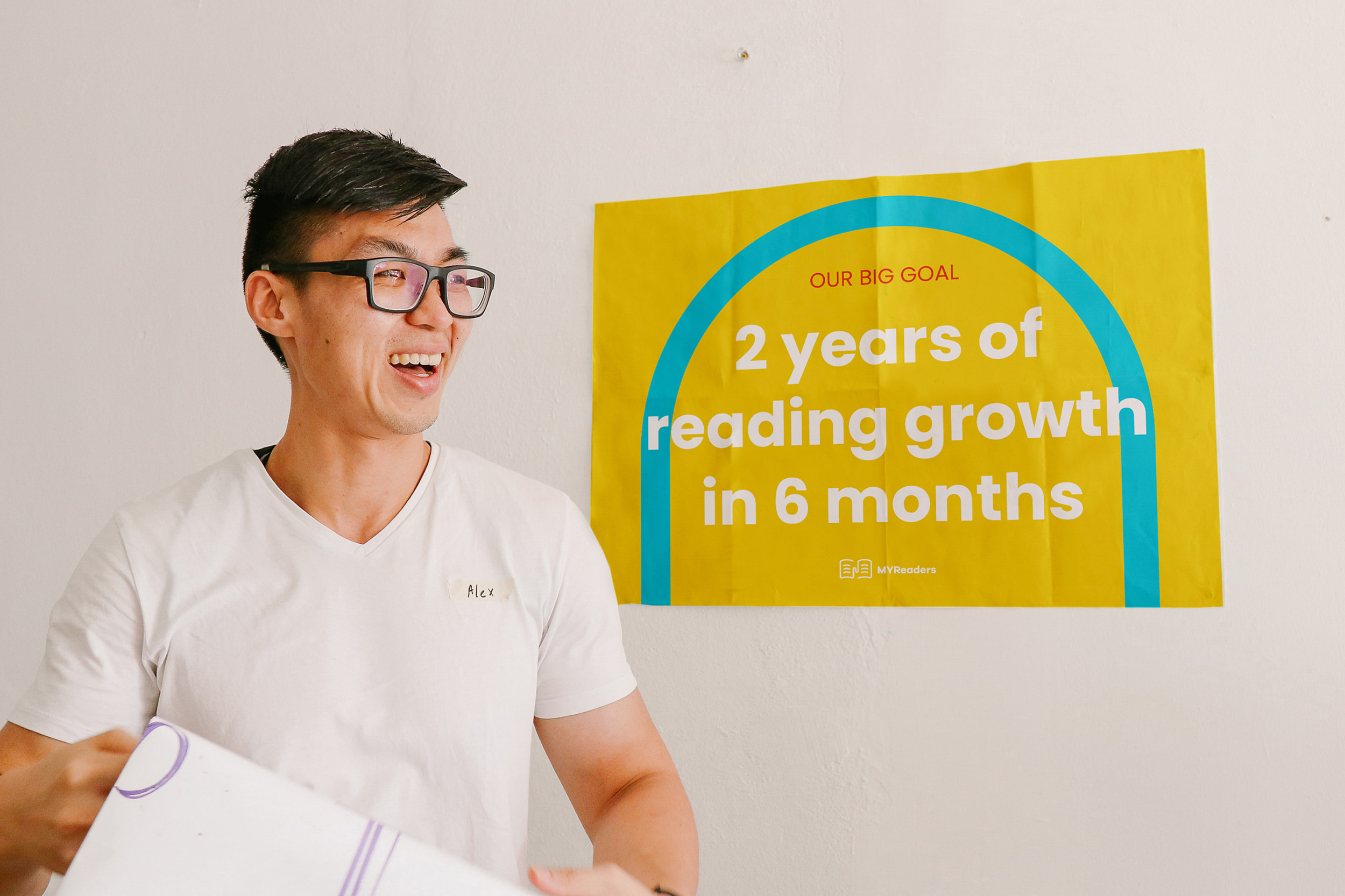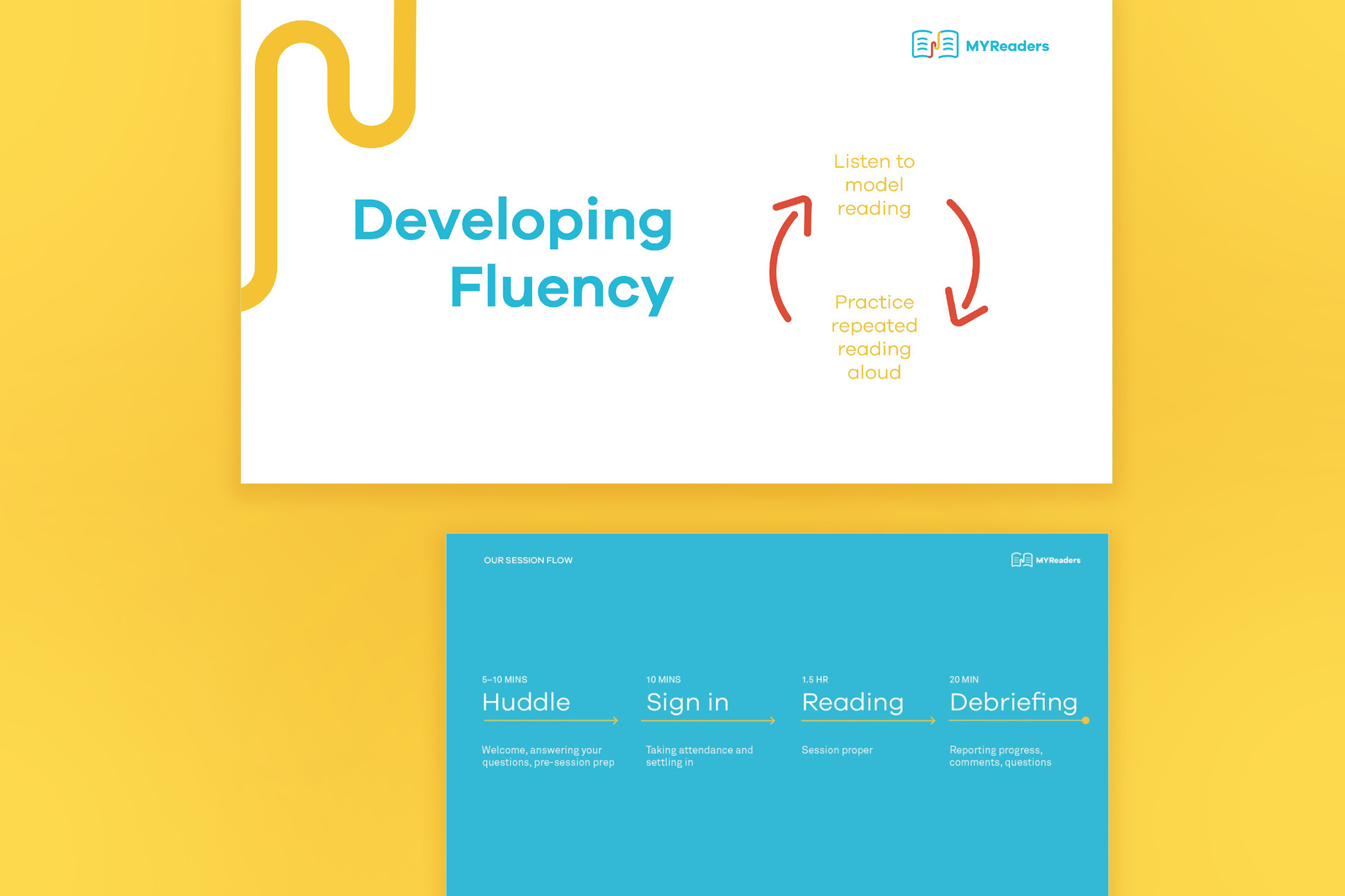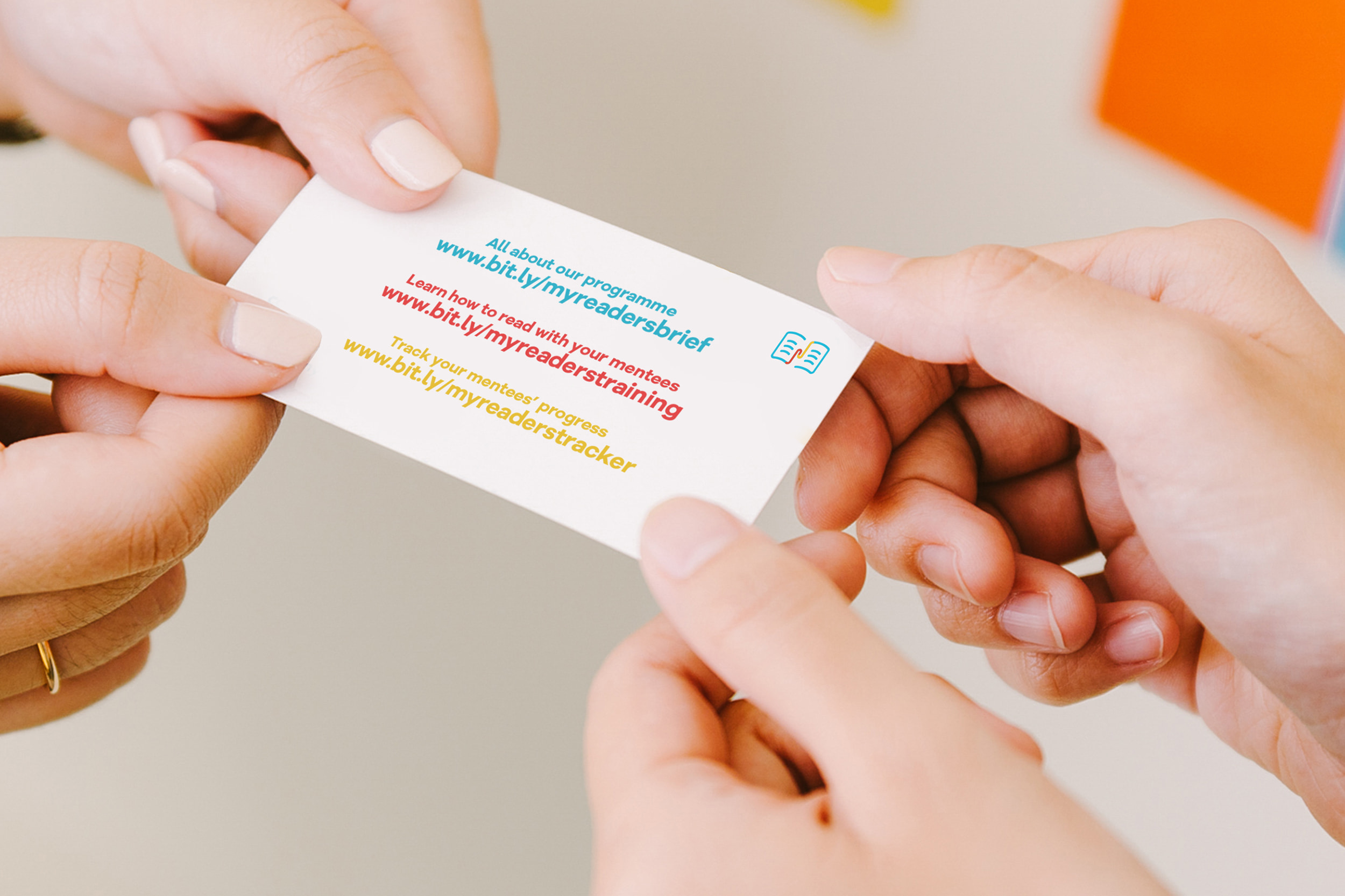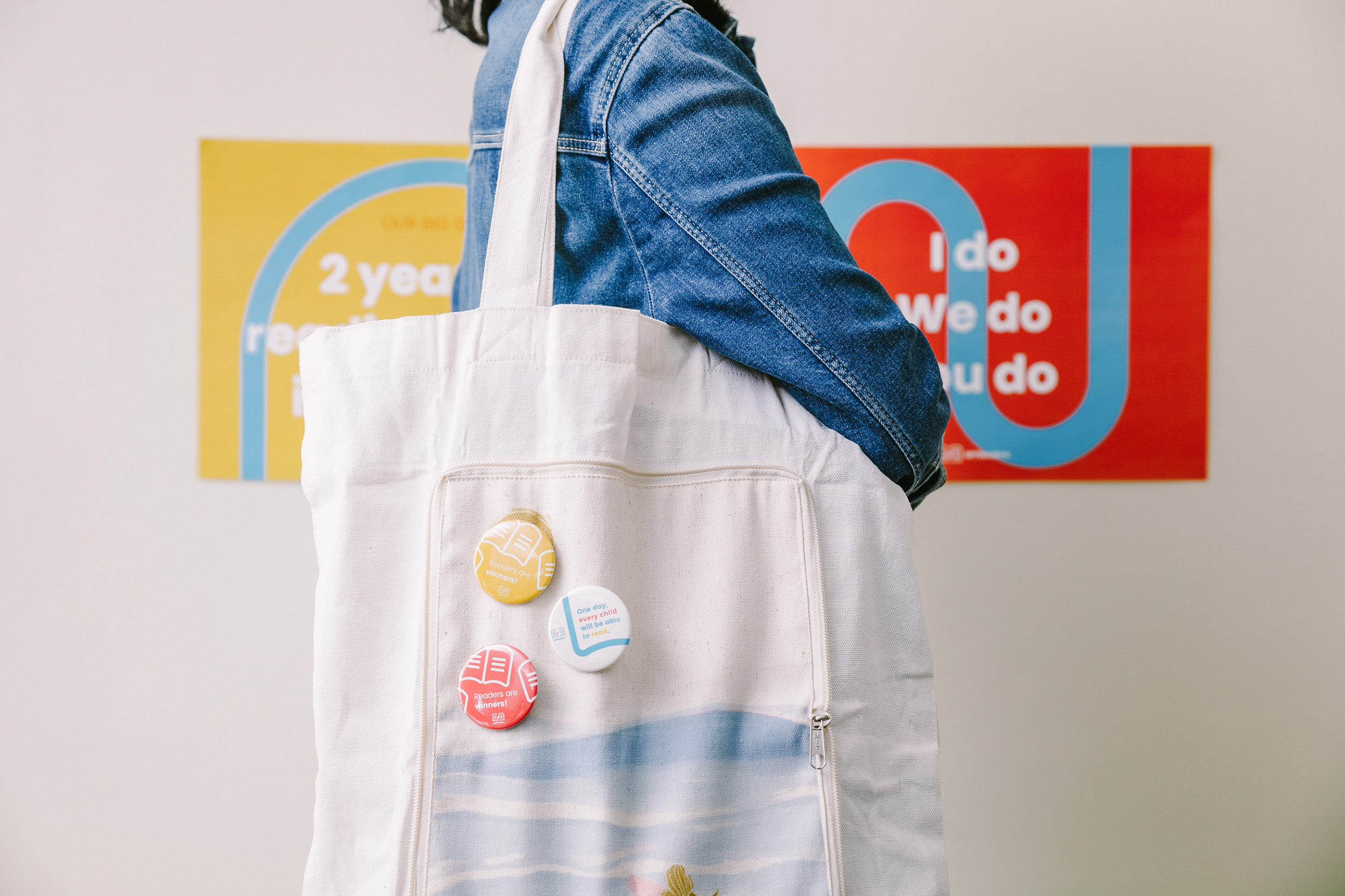
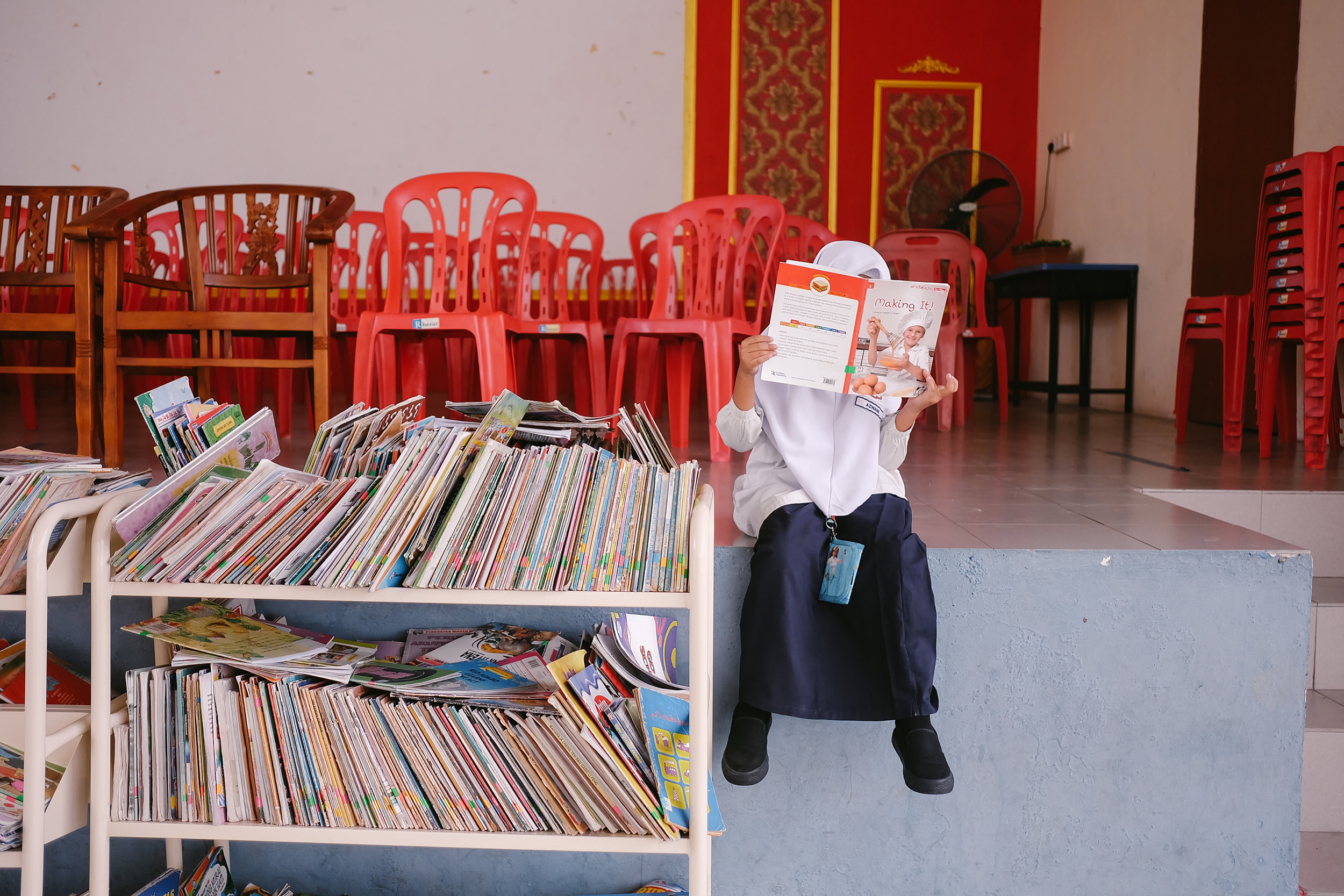
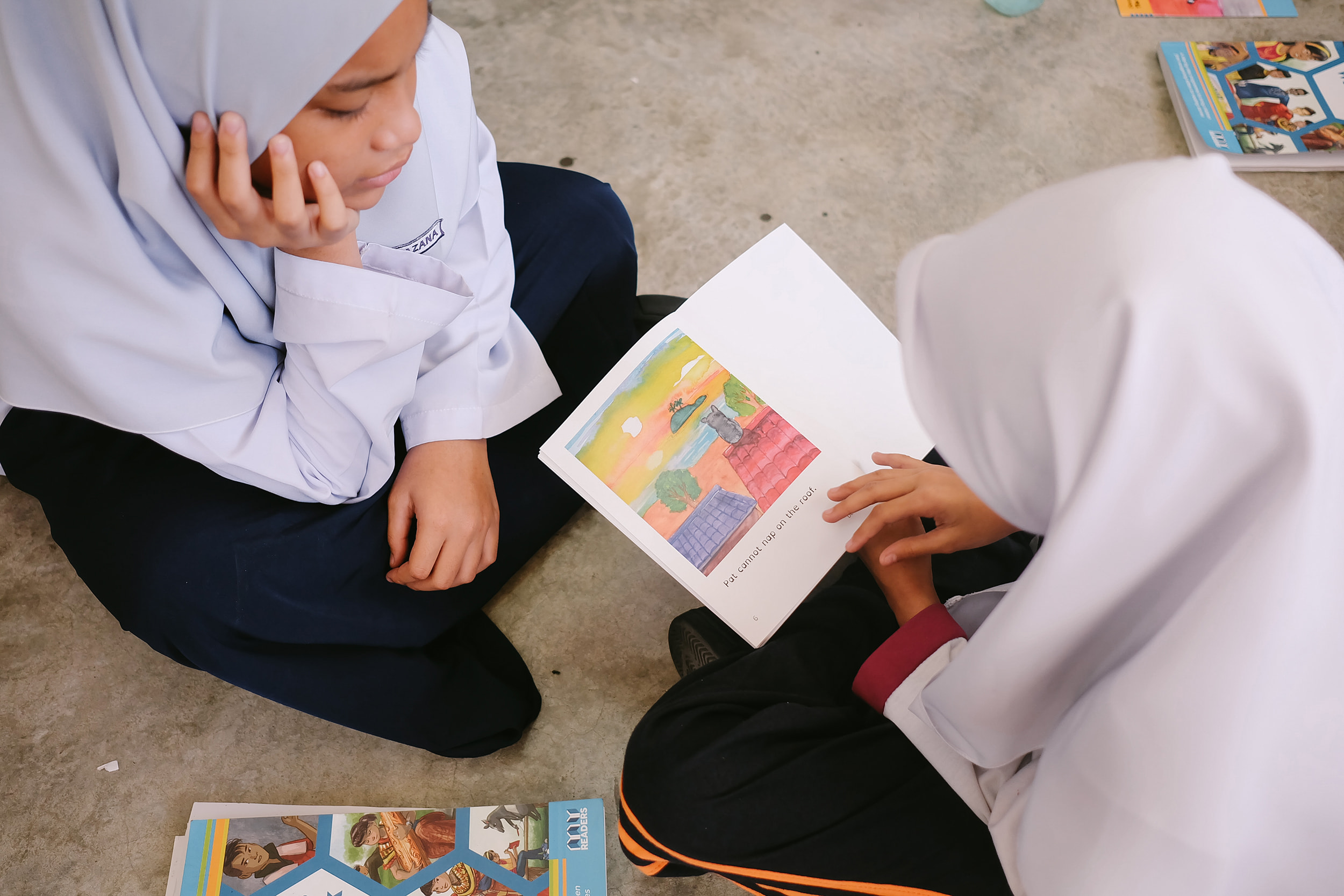
NextDayBetter is all about telling stories that "make the invisible visible".
What does home really mean?
Though the answer comes easy for some—a dwelling place, a loved one, a city—the world as we currently know it has complicated this. With today’s increased mobility and opportunity, people are always in transit. People are constantly moving not just across cities but even across countries, and they are doing it more frequently and with more urgency. Home is never one place anymore.
This complex sense of home is apparent, most of all, for the diaspora. For these people, the act of moving or having been moved to a different country has made it difficult to establish a clear sense of belongingness. It is not uncommon for them to be questioned about their roots, their decisions, or even their loyalty—as if *home* was not something merely given, as if *home* was something that they had to prove. Home, in this sense, becomes a burden.
What does it mean to have a home, anyway? How can we better offer understanding for those in the diaspora?
Who tells our stories?Ask anyone about their home and they will be able to tell you a story. In place of set definitions, we grasp whatever is left real: narratives.
Stories, after all, help us understand. This is the core that powers NextDayBetter, a storytelling platform and agency that exists to create a more accepting world for immigrants everywhere. NextDayBetter believes that stories can help us imagine others’ lives so that we are in a better position to learn from them and see where they are coming from. As our organizational visions are highly compatible, we have worked frequently with NextDayBetter on a range of different projects, including refining their brand identity, building their website, assisting in numerous campaigns, and other similar initiatives.
When they engaged us to start working on Intersections, a short series on the untold narratives of Filipinos in the diaspora, it was a project that resonated deeply with us. In a country where up to 12% of the population participates in the diasporic experience, it is impossible not to have it entangled in one’s life—whether it manifests as a family member, a distant relative, or a nearly forgotten friend.
In a country where up to 12% of the population participates in the diasporic experience, it is impossible not to have it entangled in one’s life—whether it manifests as a family member, a distant relative, or a nearly forgotten friend.
We knew, going in, that it would be difficult. As Intersections truthfully shows, these stories are as varied as they come. There is a multitude of ways by which Filipinos in the diaspora navigate questions of identity, culture, and belongingness, and each one is just as important as the other. The challenge is to visually communicate the series in a way that would spark meaningful conversations, to bring a healthy openness to the fore.
What are the stories we must know?
There are no shortcuts to openness and understanding. If we want to do our part well in this sharing of stories, we need to participate in these conversations. We knew we had to listen.
We first held interviews to help understand the positions of these people and their experiences with the diaspora. As this was a sensitive subject, we were careful to take in and frame what they shared as fully formed experiences on their own, so we were extra vigilant about not aligning their stories with preconceived notions we might have had.
There are no shortcuts to openness and understanding. If we want to do our part well in this sharing of stories, we need to participate in these conversations. We knew we had to listen.
We then brought together these experiences and helped build personas for our pitch to NextDayBetter—these people, after all, are not just their stakeholders but also their audience. We made sure to keep front and center their words and feelings. We learned here that there are multiple times when those in the diaspora question their identity and whether they belong, as these are frequently questioned. Though they may experience it in different and unique ways, especially when it intersects with the parts of them that they define not by nationality nor community, the presence of struggle is a pain shared by all.

The unfortunate reality is that “You are Filipino”—a seemingly innocuous phrase—has become a battleground for them. Instead of bringing them together under one nationality, it pressures them with endless exceptions and contentions. Why does it seem that the word *Filipino,* for them, has become something to measure up to, strive for, or even painfully achieve?
What’s more difficult is that this brings about more stressful experiences of cultural disconnection, community divides, and even social isolation. That is on top of all the other difficulties they have to face in their respective countries of residence. All of these take a toll on one’s well-being. That is why it is imperative to understand, and if possible, to aid in that understanding.
Where do we share our stories?
Trying to translate this penchant for understanding into the design for the microsite was a different challenge on its own.
We kept in mind that the series itself should remain as the primary fixture of the site. That meant that the actual episodes of Intersections would always be the main element, with information carefully placed to help highlight the videos. Our strategy was to create a cinematic aspect to the site, where visitors would intuitively feel that they are "ready" to watch the video due to the way it is being presented. We took visually striking images from the videos and highlighted them as "stills," thereby drawing the visitors to immerse in the stories based on the image teaser. To do justice to the unique stories of Filipino migrants in the episodes, we made sure to add a bit of playfulness to the site by utilizing dynamic and motion-based elements when possible.
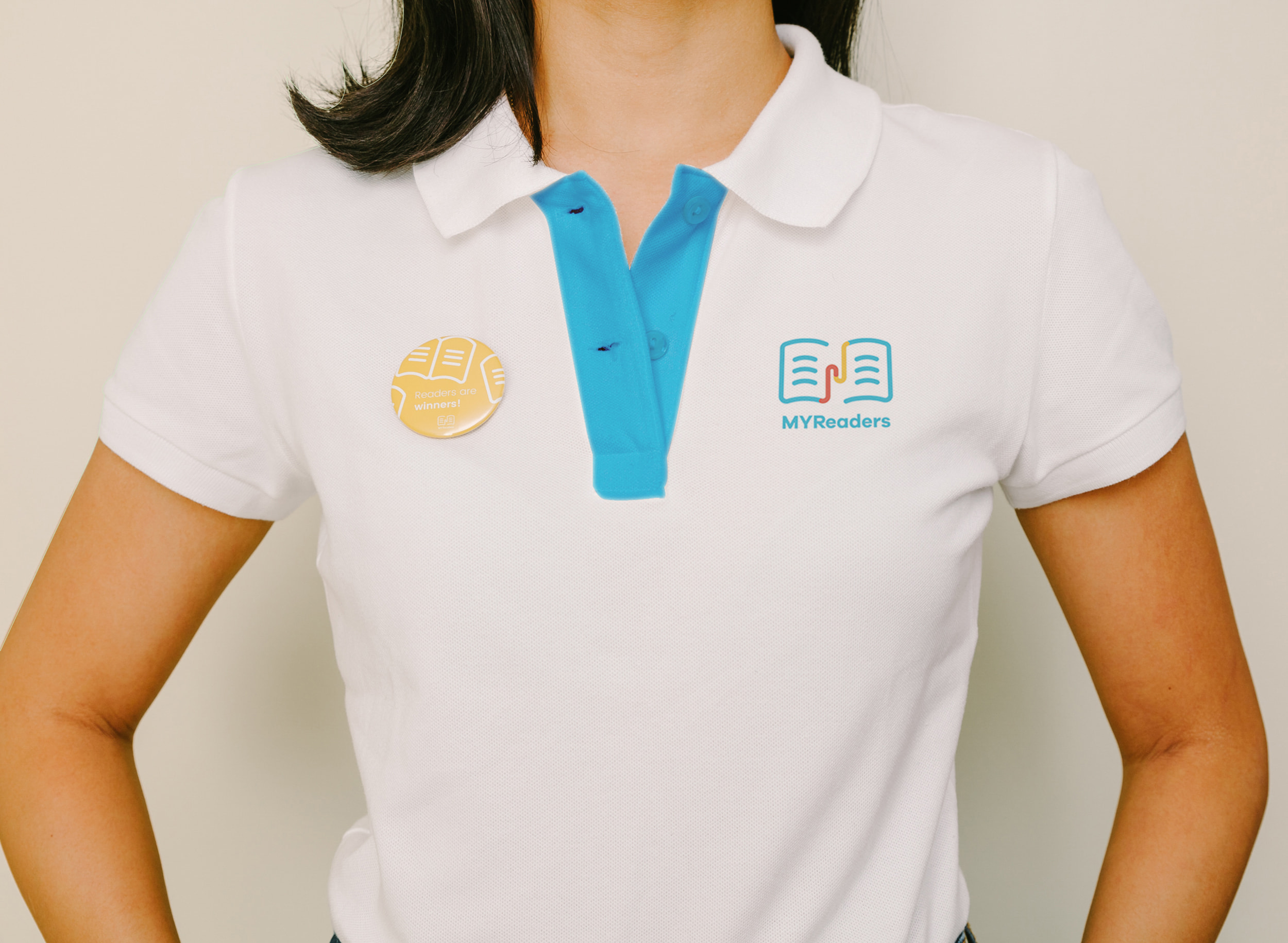


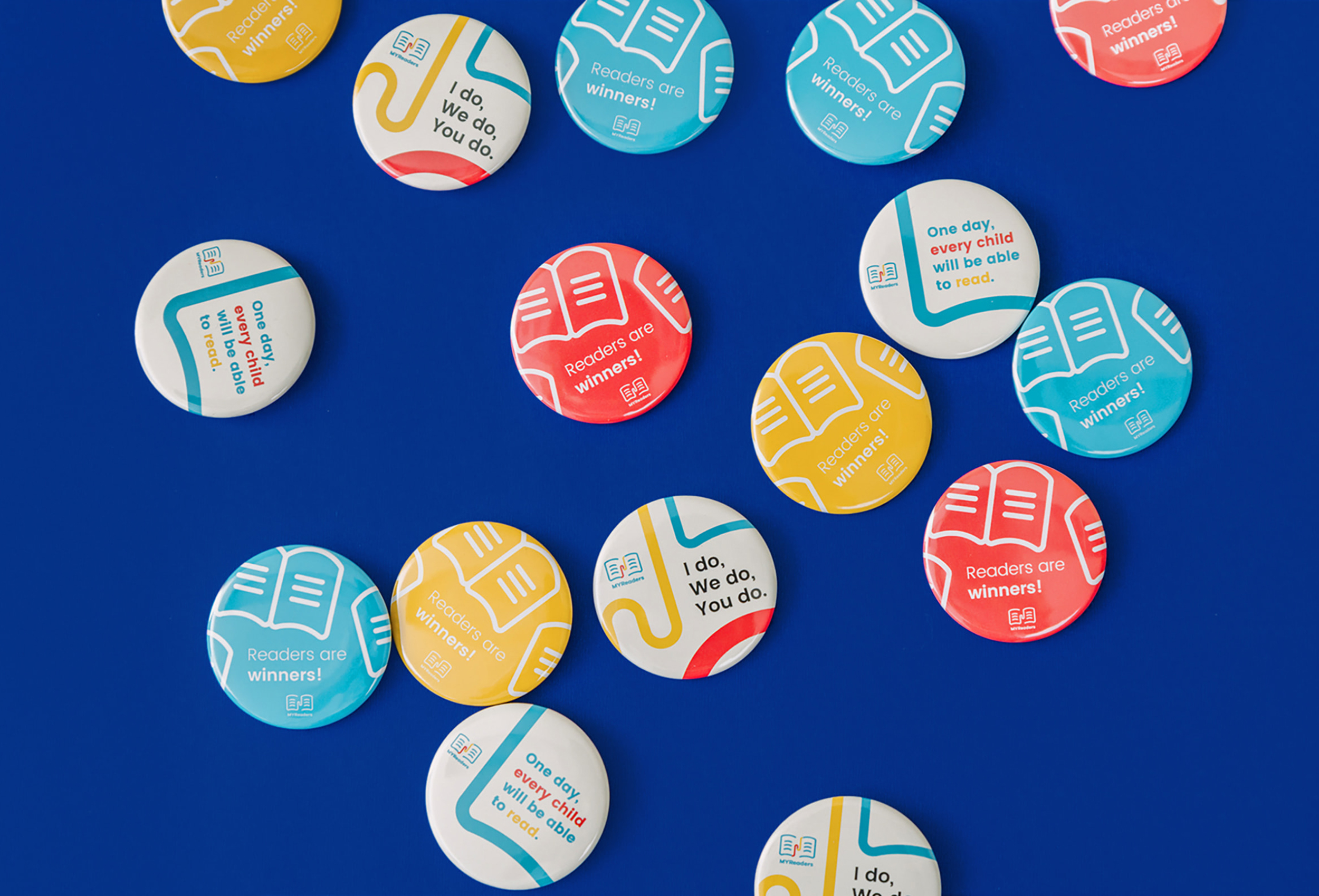
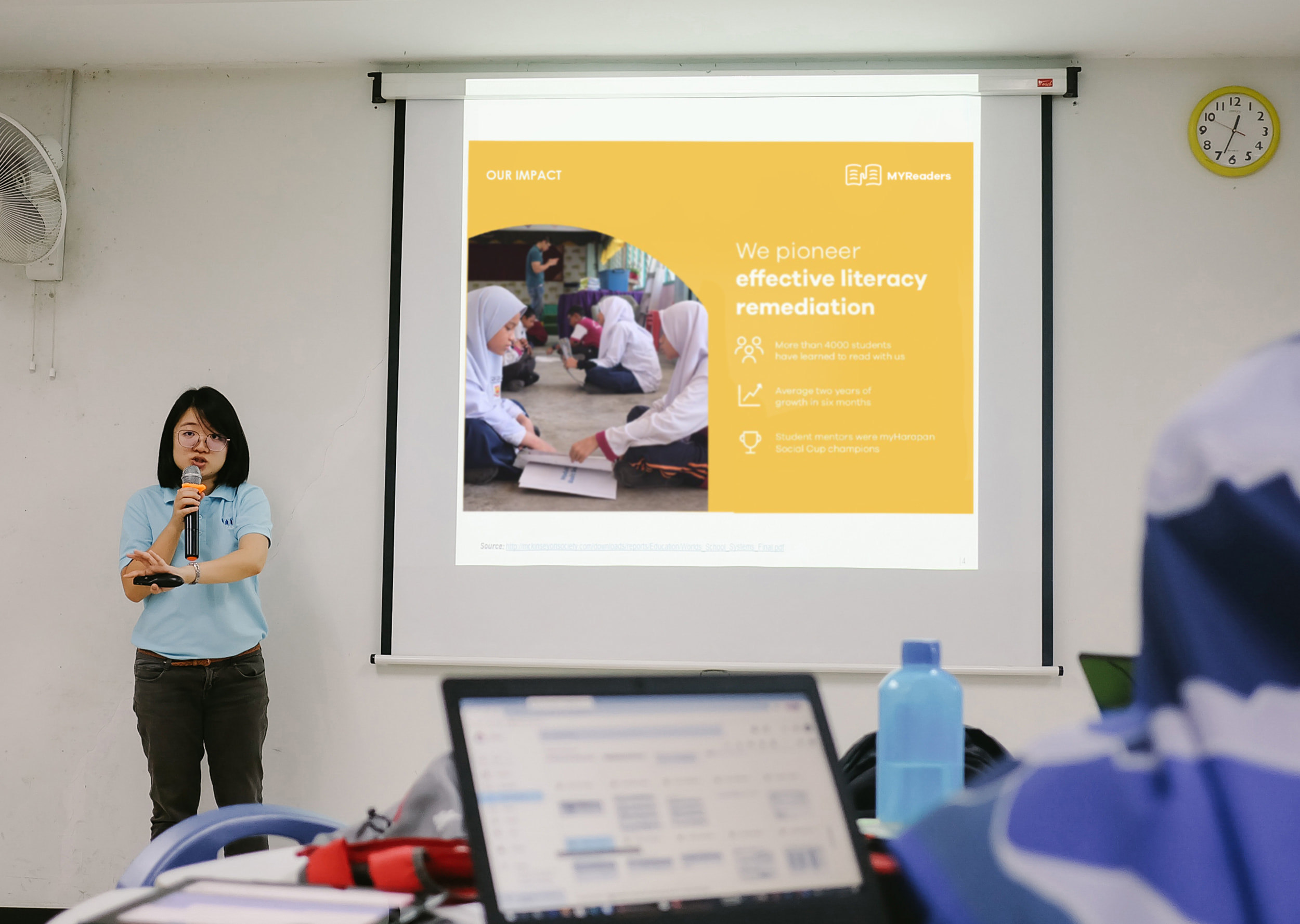

After the videos, the readers would naturally flow to a description of the series, a menu of episodes to choose from, supplementary articles to read, and then followed by a prompt to share their stories. The key here is allowing the visitors to showcase their bravery after seeing other people's stories. The order is important here: before they are asked to share an intimate part of themselves, they are first welcomed by the stories of others. The episodes and the other elements help prepare and then encourage the visitor to participate in this exchange.
During the launch of the microsite, the episodes premiered at intervals. Audiences who chanced upon the site back then could note when specific episodes were going to air. This small detail was geared towards those who would find themselves connecting to the different persons in the series, especially if they shared certain aspects of their identity or found it relatable.
Our vision for the microsite was that it should be a very human space. The presentation of the different faces, an apt metaphor for the variedness of what the Filipino migrant identity should look like, was an aspect of the site that was kept as a top priority. The microsite became a meeting point of people who shared similar stories, even if they led vastly different lives from each other.

What's your story?
Listening to someone speak is an act of empowering them to live. The act of understanding someone, where one comes from, how one chooses to identify oneself, is akin to telling them, “There is space for you here.” Past geographical boundaries, issues of citizenship, and cultural markers, we can still meaningfully connect if we commit to doing so.
“There is space for you here.” Past geographical boundaries, issues of citizenship, and cultural markers, we can still meaningfully connect if we commit to doing so.
In the process of sharing stories, we become better homes for each other. All the more, this exchange is the common ground where we can begin celebrating each other's lives. As these Filipinos and third culture kids are showing us: the identities that they are defining and the intersections they are crossing are testaments to life persisting.
